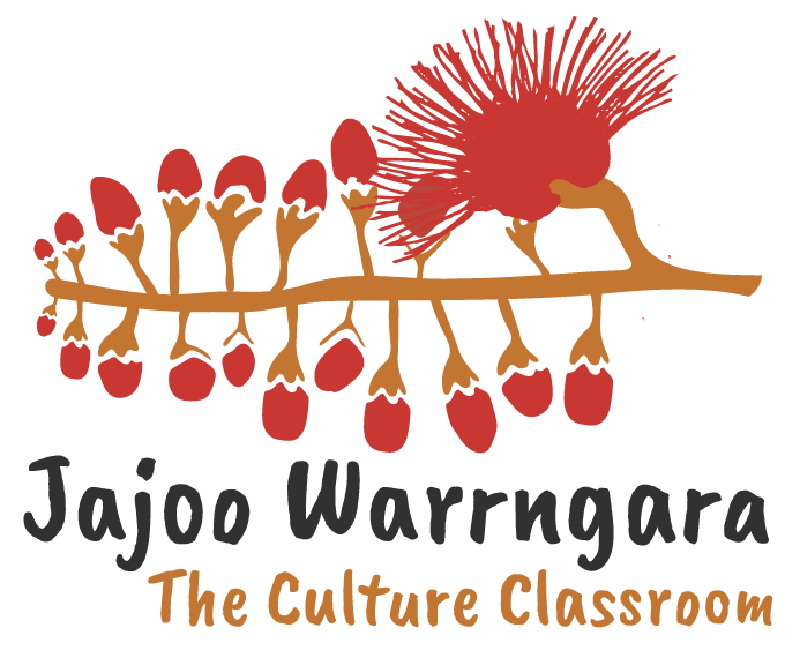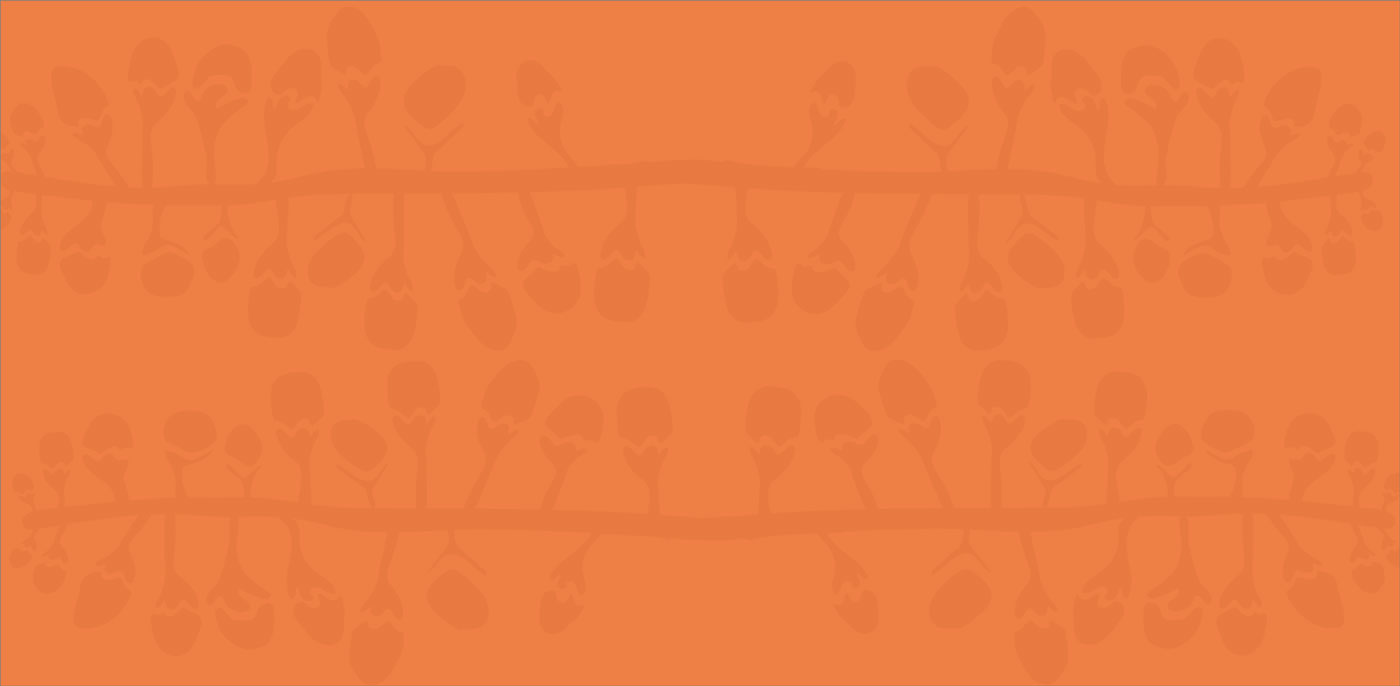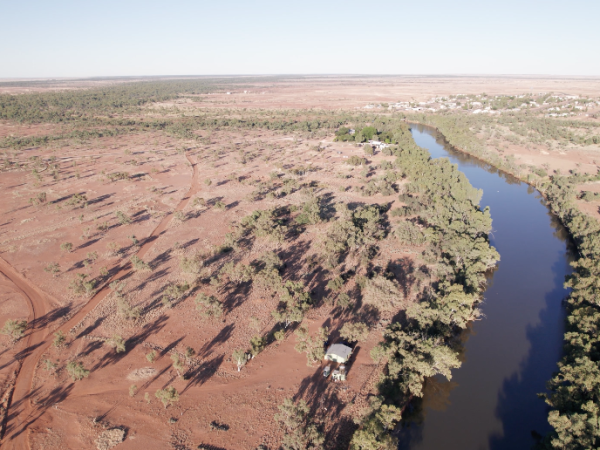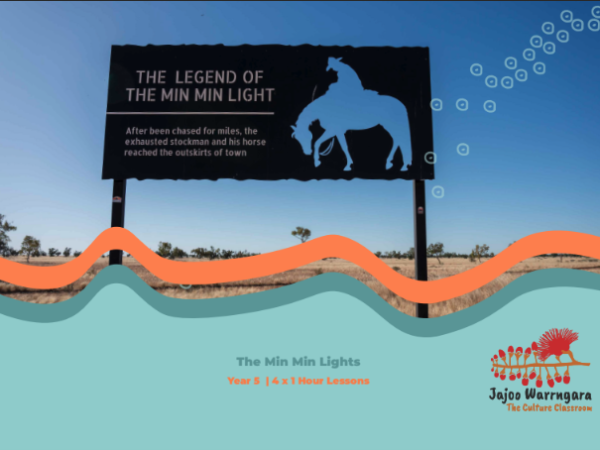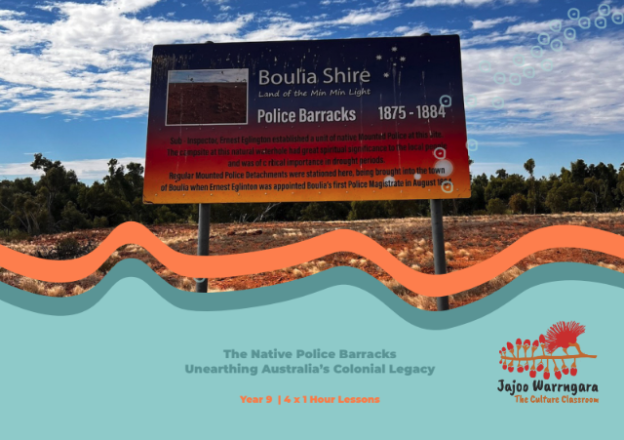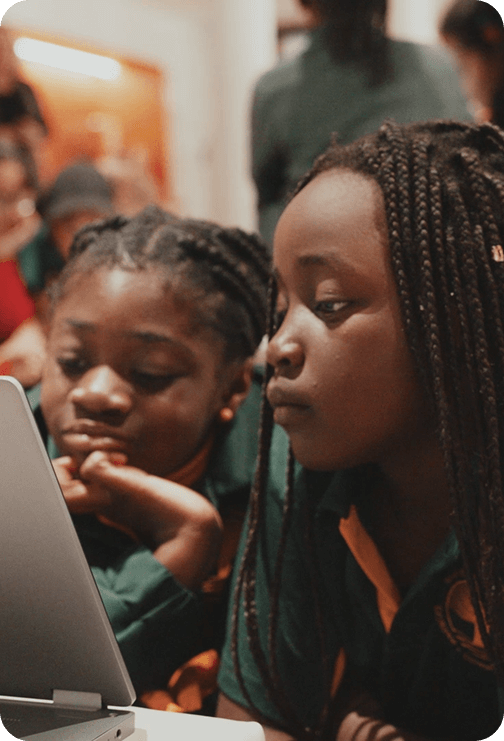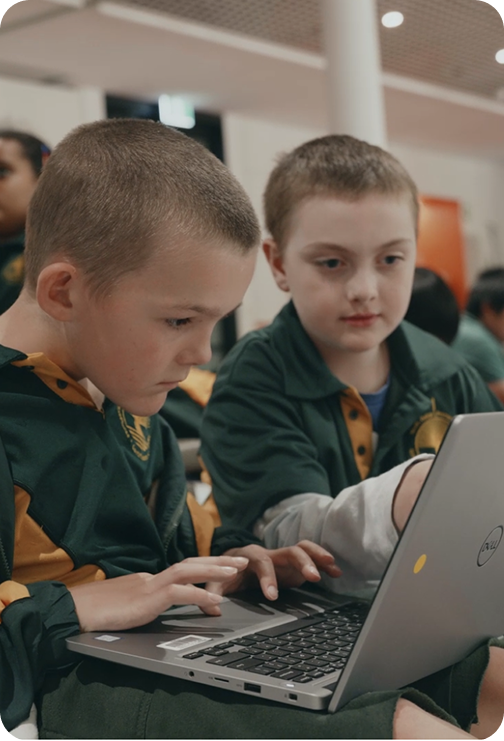AC9E9LE01
Analyse the representations of people and places in literary texts, drawn from historical, social and cultural contexts, by First Nations Australian, and wide-ranging Australian and world authors
AC9E9LE06
Create and edit literary texts, that may be a hybrid, that experiment with text structures, language features and literary devices for purposes and audiences
AC9E9LY01
Analyse how representations of people, places, events and concepts reflect contexts
AC9E9LY06
Plan, create, edit and publish written and multimodal texts, organising, expanding and developing ideas, and selecting text structures, language features, literary devices and multimodal features for purposes and audiences in ways that may be imaginative, reflective, informative, persuasive, analytical and/or critical
AC9E9LY07
Plan, create, rehearse and deliver spoken and multimodal presentations for purpose and audience, using language features, literary devices and features of voice such as volume, tone, pitch and pace, and organising, expanding and developing ideas in ways that may be imaginative, reflective, informative, persuasive, analytical and/or critical
